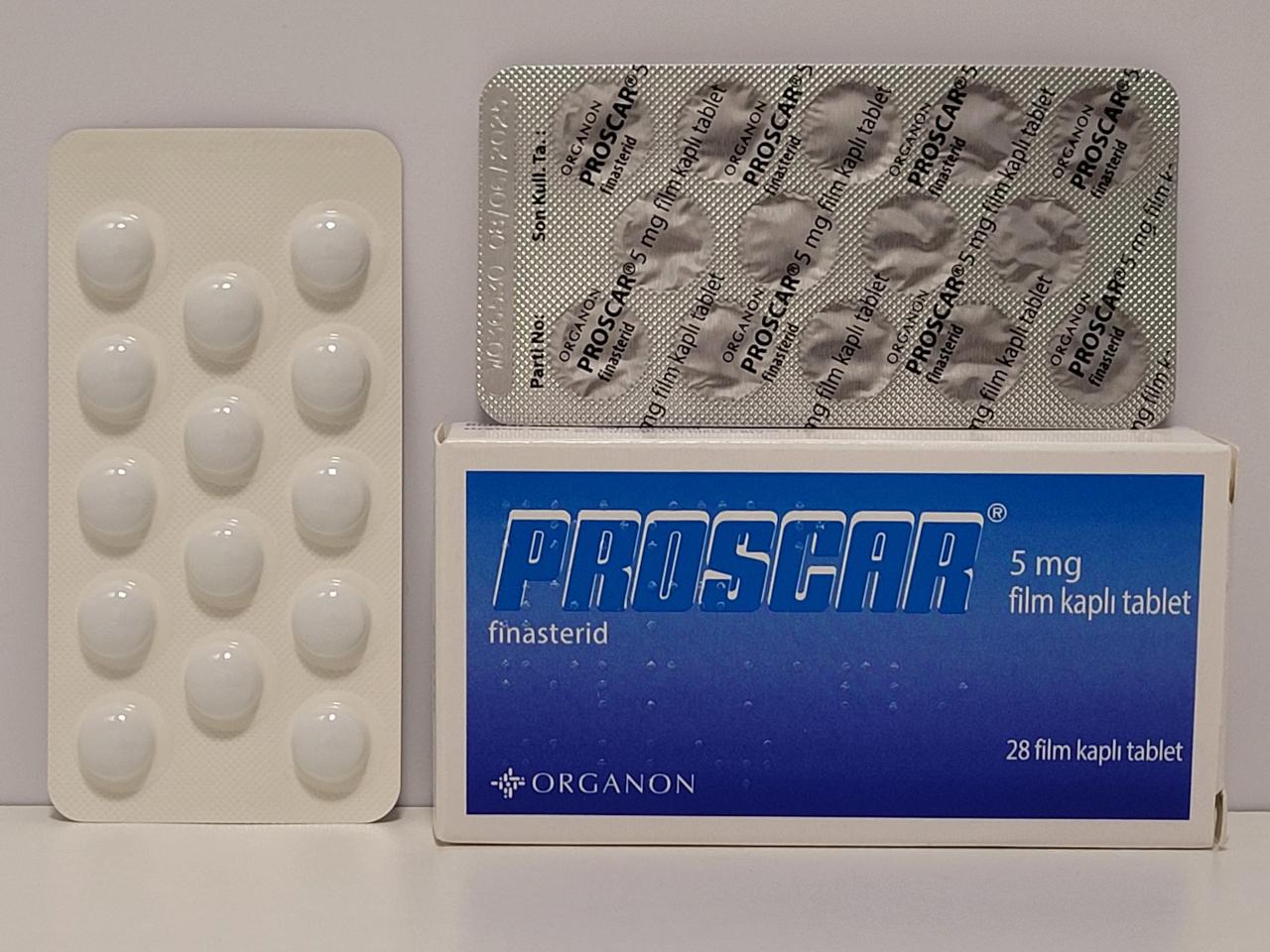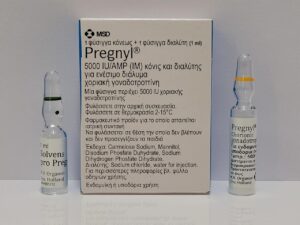Description
Finasteride belongs to a group of medications known as 5 alpha-reductase inhibitors. It is used to treat male pattern baldness by preventing the enzyme 5 alpha-reductase from converting testosterone to its active form in the body (dihydrotestosterone or DHT).
DHT plays a major role in inherited male pattern baldness (androgenic alopecia), and by preventing its production finasteride can stimulate hair growth in many men with mild-to-moderate inherited male pattern baldness. The medication usually starts to work within 3 months of beginning treatment. The effectiveness of the medication varies – for most men, it prevents further hair loss and promotes some growth of new hair. In general, however, it will not be possible to grow back all the hair that has been lost. The new hair will stay for only one year after the medication has been stopped.
Dosage:
For enlarged prostate the usual dose is 5mg, taken once a day. For hair loss, the usual dose is 1mg, taken once a day.
How to use:
You will usually take finasteride for a long time. You may need to take it for several months or years.



